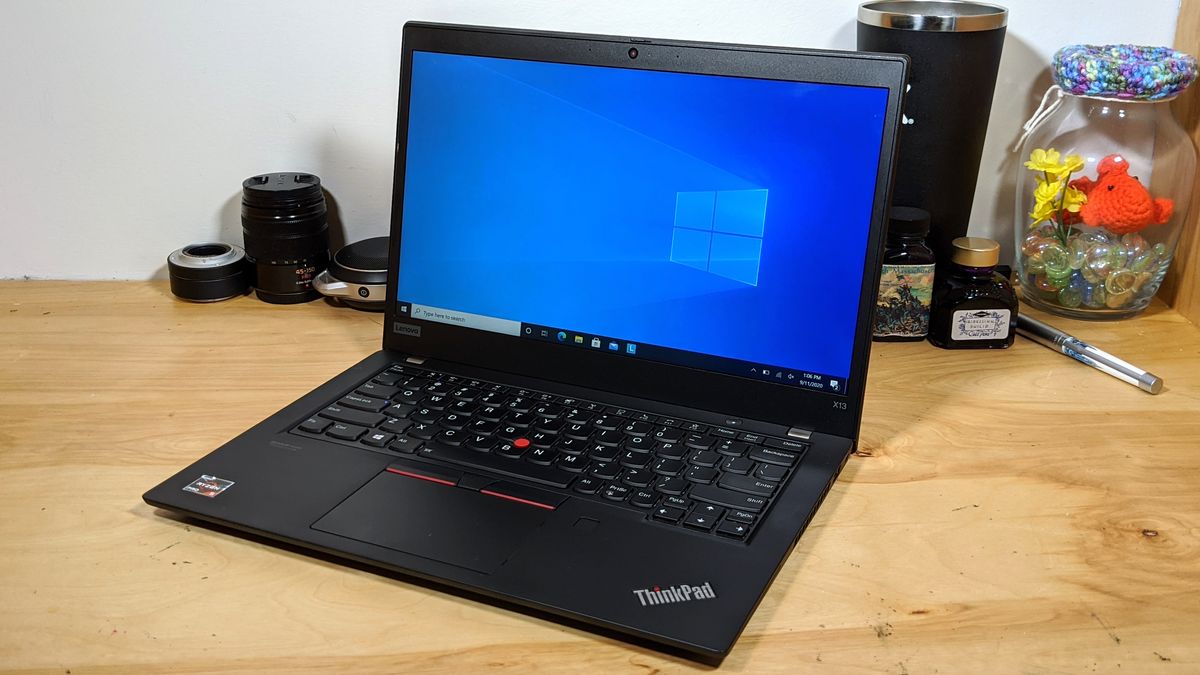
This package contains the files needed for installing the Thunderbolt driver. 1 2T2R Dual Band 802.11ac WiFi + BT 4.0 Module, 1 ASRock WiFi 2.4/5 GHz Antenna 1 USB Type-C (Intel Thunderbolt 3), 9 USB 3.0 (2 Front, 5 Rear, 1 Fatal1ty Mouse Port) 6 SATA3, 1 SATA Express, 1 Ultra M.2 (PCIe Gen3 x4 & SATA3) 7.1 CH HD Audio (Realtek ALC1220 Audio Codec), Supports Creative SoundBlaster Cinema3 Graphics Output Options: HDMI, DisplayPort USB spec officials have always maintained that Thunderbolt 3 and USB did not compete, but the standard seems to be running out of steam.- Supports 7th and 6th Generation Intel Core i7/i5/i3/Pentium/Celeron Processors (Socket 1151) Like Thunderbolt, USB was created by Intel and eventually set free.

It’s also hard not to see this as an inevitable win for Thunderbolt 3 over any competing standards. Even though Intel’s opening up the spec, it has several years’ head start on AMD before its rival could develop its own laptop CPU with Thunderbolt 3.

By including Thunderbolt 3 in a future CPU for “free,” it also makes its CPUs more attractive than upcoming AMD CPUs. Intel’s motivations are hardly altruistic, of course. “We expect industry chip development to accelerate a wide range of new devices and user experiences.” A competitive edge Intel is ready to let Thunderbolt be fruitful and multiply: “Releasing the Thunderbolt protocol specification in this manner is expected to greatly increase Thunderbolt adoption by encouraging third-party chip makers to build Thunderbolt-compatible chips,” Walker said. There’s no fear of a proprietary lock now, either. “In addition to Intel’s (CPU integrated) Thunderbolt silicon,” Walker wrote, “next year Intel plans to make the Thunderbolt protocol specification available to the industry under a nonexclusive, royalty-free license.” It didn’t help Thunderbolt that Intel’s own USB spin-off had been evolving, moving from 5Gbps to 10Gbps with USB 3.1 (Gen 2), offering the ability to charge laptops over USB-Power Delivery, providing DisplayPort connectivity for external monitors, and introducing the reversible USB-C connector that was small enough to use in phones and tablets. Using an external Thunderbolt 3 cabinet, a 2.5-pound HP Spectre X360 13t (top) can hang with far more powerful and far heavier gaming laptops.
#Will intel thunderbolt 3 improve gaming Pc
Also, because Intel owned the protocol, spec, and supply, many feared the company would just ramp up pricing once it became an accepted norm. In fact, many PC vendors have privately cited that reason for not fully embracing it. Even with the copper cables, Thunderbolt remained costly. Unfortunately, outside of Apple’s closed ecosystem, few PC vendors took Intel up on its Thunderbolt offer. Intel always said it was to speed its adoption-by taking a unilateral approach, it could avoid the slog of design-by-committee. However, unlike USB, PCIe, and other industry standards (all of which Intel helped build), Thunderbolt remained a proprietary spec. Thunderbolt 2 doubled that to 20Gbps by combining both Thunderbolt channels into one. Thus it evolved into Thunderbolt, with speeds up to 10Gbps. Apple, long a proponent of eliminating cable clutter, partnered with Intel to help bring it onto more affordable copper cables. Thunderbolt was born in 2009 as Light Peak, with lofty goals and expensive optical cables. Thunderbolt’s sudden freedom means a lot considering the standard’s proprietary history.
#Will intel thunderbolt 3 improve gaming pro
Baking Thunderbolt into future CPUs and opening up the proprietary protocol could be all Thunderbolt 3 needs to achieve total world dominance.īoth the MacBook Pro 15 and the XPS 15 include Thunderbolt 3 ports. Why this matters: Intel’s long battle to establish a universal, high-speed port and cable for all PCs was headed for defeat until the company adopted the more successful USB protocol and USB-C port two years ago. “We envision a future where high-performance single-cable docks, stunning photos and 4K video, lifelike VR, and faster-than-ever storage are commonplace. A world where one USB-C connector does it all-today, and for many years to come.” Walker predicted a groundswell of Thunderbolt products.

“Intel’s vision for Thunderbolt was not just to make a faster computer port, but a simpler and more versatile port available to everyone,” wrote Chris Walker, Intel’s vice president for Client Computing, in a blog post. The company’s explanation for the change is practically utopian. More importantly, the company said it would open up the long-secret protocol to the world, royalty-free.

Intel’s dream of making one cable to rule them all took a huge step forward this week. On Wednesday, Intel announced it will integrate Thunderbolt 3 into future CPUs.


 0 kommentar(er)
0 kommentar(er)
